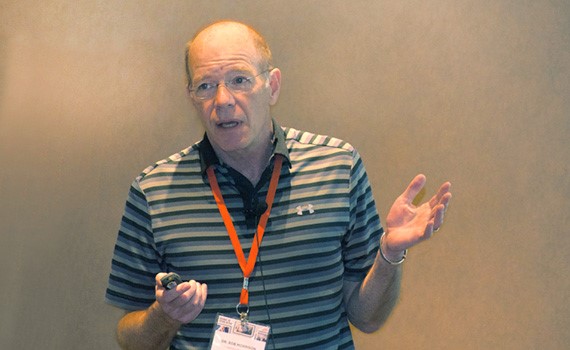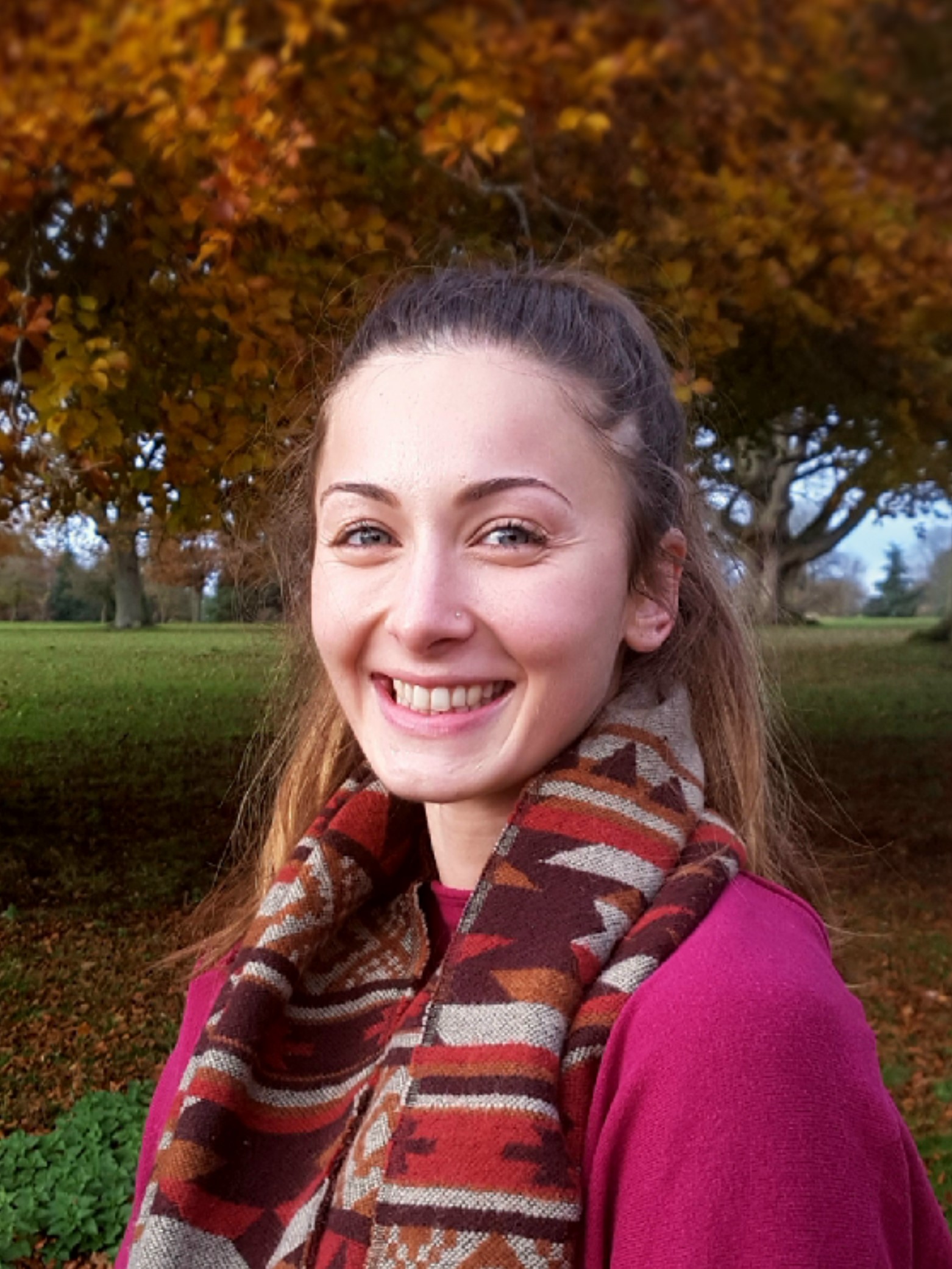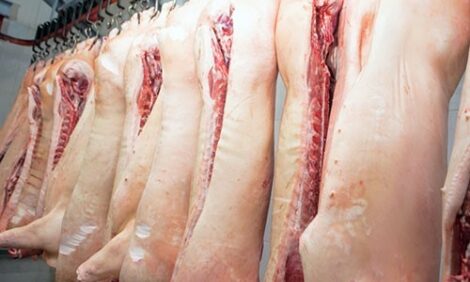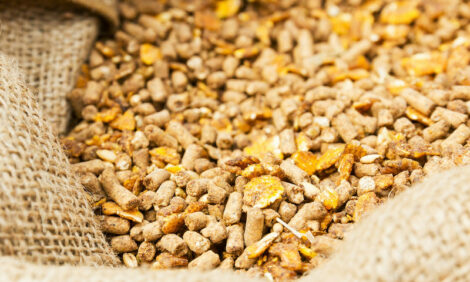



Morrison Swine Health Monitoring Project expanding but needs more industry participants
The Morrison Swine Health Monitoring Program (MSHMP) closed its pathogen year on June 30, 2017. Here are highlights on PRRS from the issued reportKEYPOINTS
♦ The Morrison Swine Health Monitoring Program was established to monitor the incidence and prevalence of swine diseases and help with disease management.
♦ The project is expanding but needs data from 90% of the industry to reach its long-term goal of supporting the response to emerging pathogens.
♦ Disease control made possible by the project can help secure the nation’s pork supply and bring more success to pork producers and swine veterinarians.

The late Dr Bob Morrison leaves as his legacy the Swine Health Monitoring Project, an endeavour that will continue under the direction of his colleagues as the Morrison Swine Health Monitoring Program.
The Morrison Swine Health Monitoring Project (SHMP)* continues to expand but ultimately needs data from 90% of the industry to reach its long-term goal of supporting the response to emerging pathogens, said the late Bob Morrison, DVM, PhD, professor, University of Minnesota, and coordinator of the project.
In the short term, the primary goal of SHMP, which began in 2015 with funding from the Swine Health Information Center (SHIC), is to monitor the incidence and prevalence of swine diseases and provide information to participants that help with disease management.
Currently, the project is gathering data on porcine reproductive and respiratory syndrome (PRRS), porcine epidemic diarrhoea (PED) and Senecavirus A, he reported. “We focus on methods of data capture and then, finally, visualisation and reporting of those data. That’s what gets us up in the morning,” he said.
SHMP is receiving data from 30 systems with approximately 1,100 sow farms representing 2.83 million sows. This includes 21 production companies, five veterinary practices and four regional projects. Data are provided voluntarily and, if desired, anonymously, he said.
WEEKLY REPORT
The project, which provides a weekly report to participants and about 300 non-participants, summarises the latest findings on PRRS, PED and Senecavirus A. The report includes a ‘science page’ available online, with a variety of topics ranging from the cost of PRRS to an article about unusual central nervous system cases.
SHMP is capturing swine-movement data and hopes to have a better understanding of how movement affects disease. It’s also participating in collaborative studies with universities and a research institute. Studies under way include an investigation of a PRRS virus outbreak, detection of new and important PRRS viruses and an assessment of biosecurity.
Morrison indicated he was heartened no participants have withdrawn and said SHMP has enough data to understand what’s going on with a limited number of diseases. However, he emphasised the project needs the large majority of the industry to participate if it’s to reach its goal of responding to emerging pathogens.
Morrison said he’s frequently asked why producers participate in SHMP. The answer is that producers benefit from sharing the benchmark data on PRRS and PED or, as one pork producer told him tongue in cheek, “That’s a nice way to put it, but really, it’s about sharing the misery. We really like to know that other producers are miserable, so it makes us feel good.”
“Kidding aside, disease control made possible by SHMP not only secures the nation’s pork supply, it means more success for pork producers and swine veterinarians,” Morrison added.
FIVE VISIONS FOR THE FUTURE
Looking ahead, Morrison asked the audience of PRRS specialists for input on the project’s future direction.
“Where would we like to be at the end of this project? Where would we like to be in 2020, which will be the fifth year of funding from SHIC? If you put on your dream caps, as I will, I’ll be interested in your thoughts — how we build on and develop this aspect of regional and local health.”
He then offered five visions of his own:
1. Develop hot and cold maps for PRRS, PED and emerging diseases
“By that, I mean where the disease is and where the disease isn’t. That might help with pig placement. We have pieces of that now.”
2. Produce transport heat maps
“I think we could produce transport heat maps, being aware of the pigs moving, that are positive and negative.”
3. Develop more tools to supplement the veterinarian’s outbreak investigation
“There’s some fairly nice analytic capabilities that are out there, if you have the data,” he said, citing the risks of transportation as one example. “Those tools all exist, but we don’t have the data.” Once we do, he added, “I think we’ll be able to provide those tools to veterinarians.”
4. Link SHMP data to the industry’s secure pork supply initiative
“This is something we’re working on now — this aspect of business continuity or Secure Pork Supply,” he said, referring to the National Pork Board’s initiative to ensure pig flow from uninfected farms in areas with government-mandated quarantines following an outbreak of a foreign animal disease.
“Given that we have data for a fair number of producers in the industry, we can build on that,” he said. “We have all of the sow-farm locations and identities,” and it would not be that much of a reach to get all the growing-pig locations. This will be even more feasible once the state testing laboratories complete efforts underway to standardise reporting.
But there’s more to PRRS management than data analyses and sharing, Morrison said. “VDL (veterinary diagnostic laboratory) data is great for a new and emerging pathogen, but a pathogen like PRRS requires some interpretation on the part of the veterinarian,” he continued. “Is the farm stable? Or is it stable vaccinated? So, we use PRRS as an example of building value for SHMP, and we require the veterinarian’s interpretation of those data.”
5. Gather and use more pig-transport data
“The one other piece you would need, as well as the analytical tools, would be the transport data,” he said. “We can actually grab it today, but we’re going to try and develop methods that grab it more conveniently in order to incorporate it into the health data, the location data, and create those tools or those capabilities that we hope will be useful.”
For more information about MSHMP, click here










